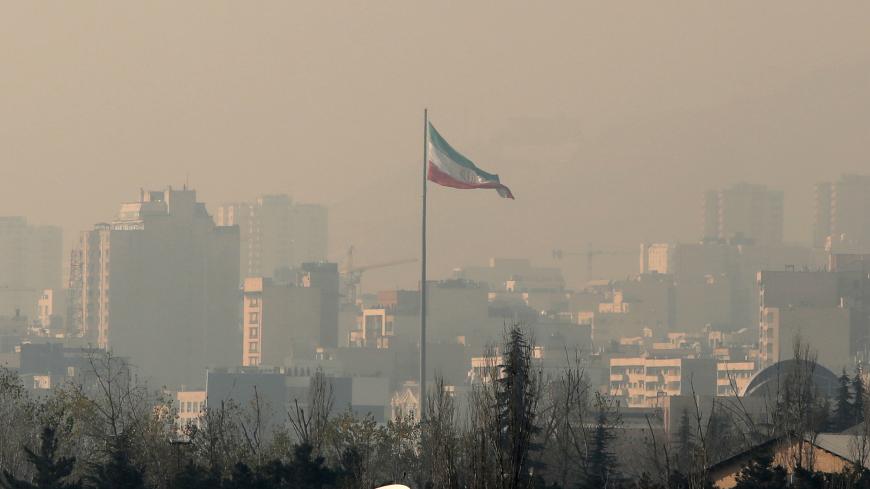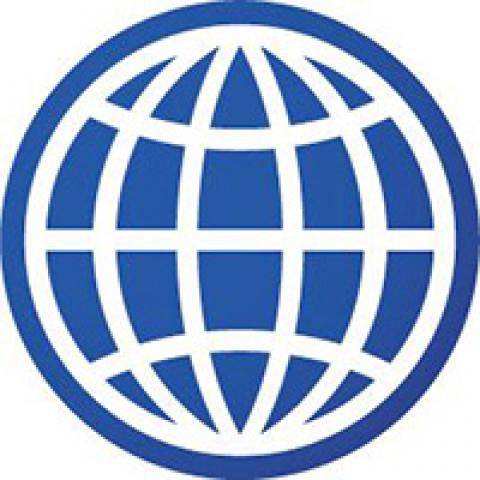Thick and stubborn clouds of hazardous emissions have blanketed the Iranian capital, Tehran, for four weeks in a row, only adding to a long list of challenges residents in the megacity are grappling with on a daily basis.
Characterized by its frustrating traffic jams, which have been exacerbated by a poor public transportation infrastructure and an unregulated population growth, sparked by an exodus of job seekers from across the nation, Tehran has in the past two decades hosted worsening air pollution, particularly during winter inversions.
Iranian authorities have repeatedly put much of the blame on ordinary motorists and their unessential inner-city commuting. Addressing the issue, the government has introduced multiple traffic control measures, including alternate-day travel, imposing hefty fines on violators.
Yet the level and the timing of the ongoing pollution seem to have challenged the traditional approach as public billboards of pollution indicators have been displaying extremely alarming rates of poisonous particles, especially sulfur dioxide. And the new emissions are hitting a city, which has been under unprecedented curfews and travel restrictions as part of the government’s coronavirus pandemic prevention policies.
This has prompted experts as well as Tehran's Air Quality Control Department to track down a new suspect: mazut, a low-quality fossil fuel and an oil gas leftover at refineries. When burnt, the byproduct releases high-level sulfur dioxide emissions, and is believed to have recently been excessively consumed at key power plants and some other industries surrounding Tehran as well as other major cities across Iran.
Reports that mazut is being used by those plants have been flatly denied by Tehran’s Gov. Anoushirvan Bandpey as well as senior electricity department managers. However, in the face of mounting evidence from environment authorities, Oil Minister Bijan Namdar Zanganeh admitted, “We have no other option than consuming mazut.”
According to the director of the Department of Environment, Issa Kalantari, Iranian refineries produce up to half a million barrels of mazut per day. He also noted that due to US sanctions imposed on Iran’s oil industry, the product continues to remain unsold, and is therefore preferred by decision-makers to be consumed at power plants.
Kalantari even declared that inspectors from his department were “denied entry” to one such power plant outside Tehran. He complained that under a directive from the country’s deputy prosecutor-general, provincial environment departments have been ordered not to block mazut consumption at power plants for “national security reasons.” The office of the prosecutor-general has, however, denied issuing such a guideline.
In 2017, Iran introduced the “Clean Air Law,” under which 21 institutions are required to cooperate toward devising sustainable solutions to air and noise pollution. However, according to Shina Ansari, who heads the Sustainable Development Department at Tehran’s municipality, the law continues to be ignored by the relevant authorities.
Elsewhere, Zahra Nejad-Bahram, an outspoken member of the Tehran City Council, in a letter to Kalantari reminded him of the important act that sits around three years on and warned about serious implications of mazut consumption. Nejad-Bahram called on authorities to refrain from “politicizing” the problem, and prioritize public health. The councilor’s statements were lauded by pro-Reformist paper Hamshahri as a “defense of the right to breathe.”
Despite the persistent calls, mazut reportedly continues to be burned by Tehran’s major power plants. Yet the oil minister appeared to shift the blame on the public. In a country sitting on the world’s second-largest natural gas reserves, Zangeneh asked Iranians to economize on household gas consumption so that power plants would not have to turn to mazut as a fuel. “Once again people are the culprits,” wrote another Reformist daily, Aftab-e-Yazd, criticizing “contradictory remarks” from government officials that have only further “confused the public.”
Iranian environmentalists have for years warned about the long-term impacts of pollution on the well-being of Tehran residents. According to Iranian Health Ministry figures in 2018, pollution-related hazards alone were responsible for nearly 3,000 deaths in Tehran. While statistics for the ongoing pollution may take a long time to be announced, some numbers are already shocking enough. Sabzineh, an environment-focused newspaper, has reported that an estimated 14,000 Iranians were admitted at hospital emergency wards nationwide with pollution-induced respiratory complications only in a matter of five days last month.
“The sham fight [among authorities] is more poisonous than the pollution itself,” wrote senior journalist Alireza Karimi, criticizing managers of the 21 institutions who have been tasked with finding long-term solutions. And, caught up in an endless cycle of blame game, Tehran residents have taken to social media as their only podium to urge the government to “stop burning mazut” and “let us breathe.”
Over the past decade, Tehran’s winter pollution has temporarily disappeared every year with the spring wind, and so have all the debates and angry criticism, only for the crisis to come back the following year to haunt the capital and its dwellers with even greater potency.







